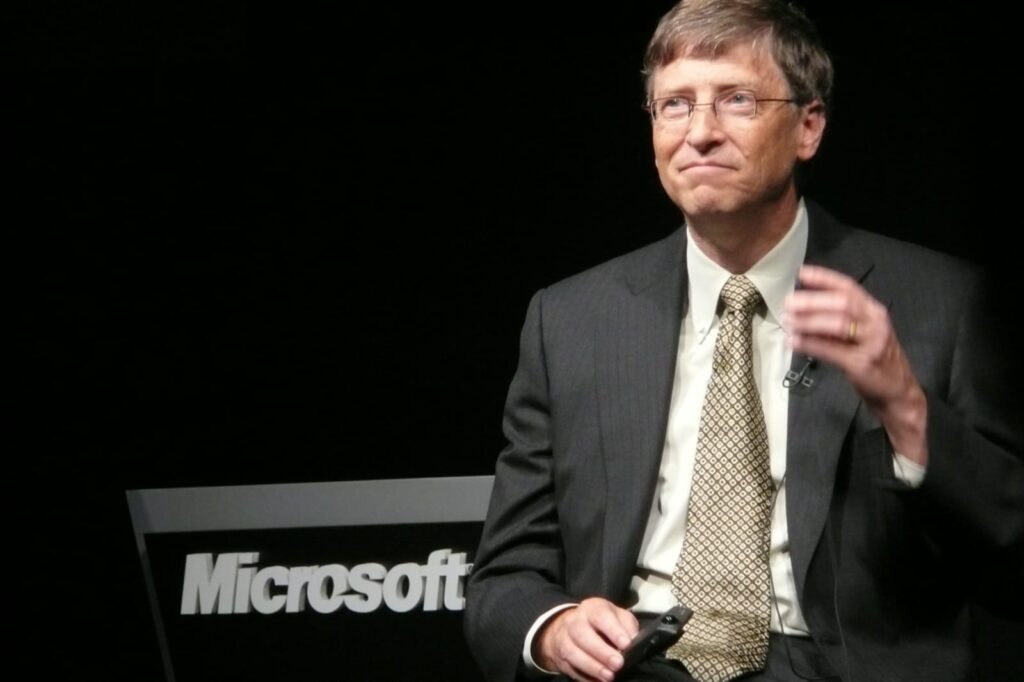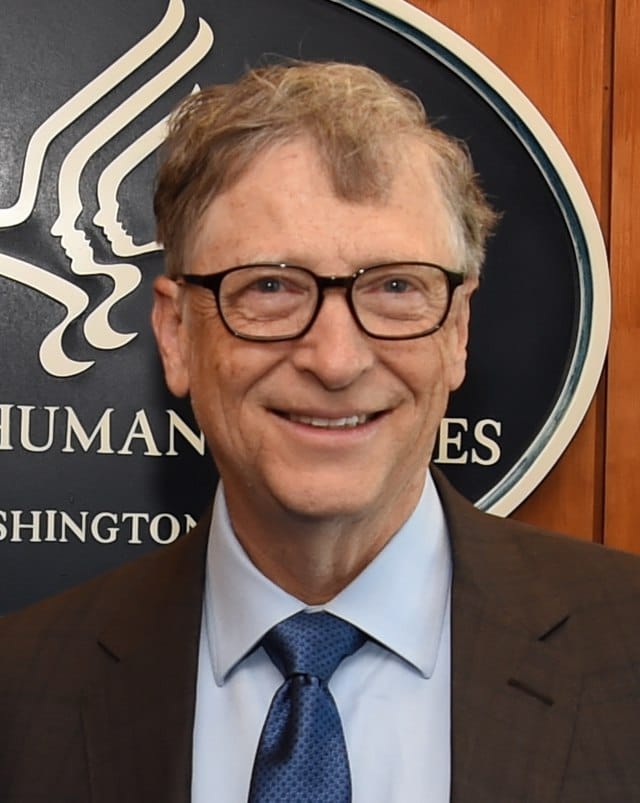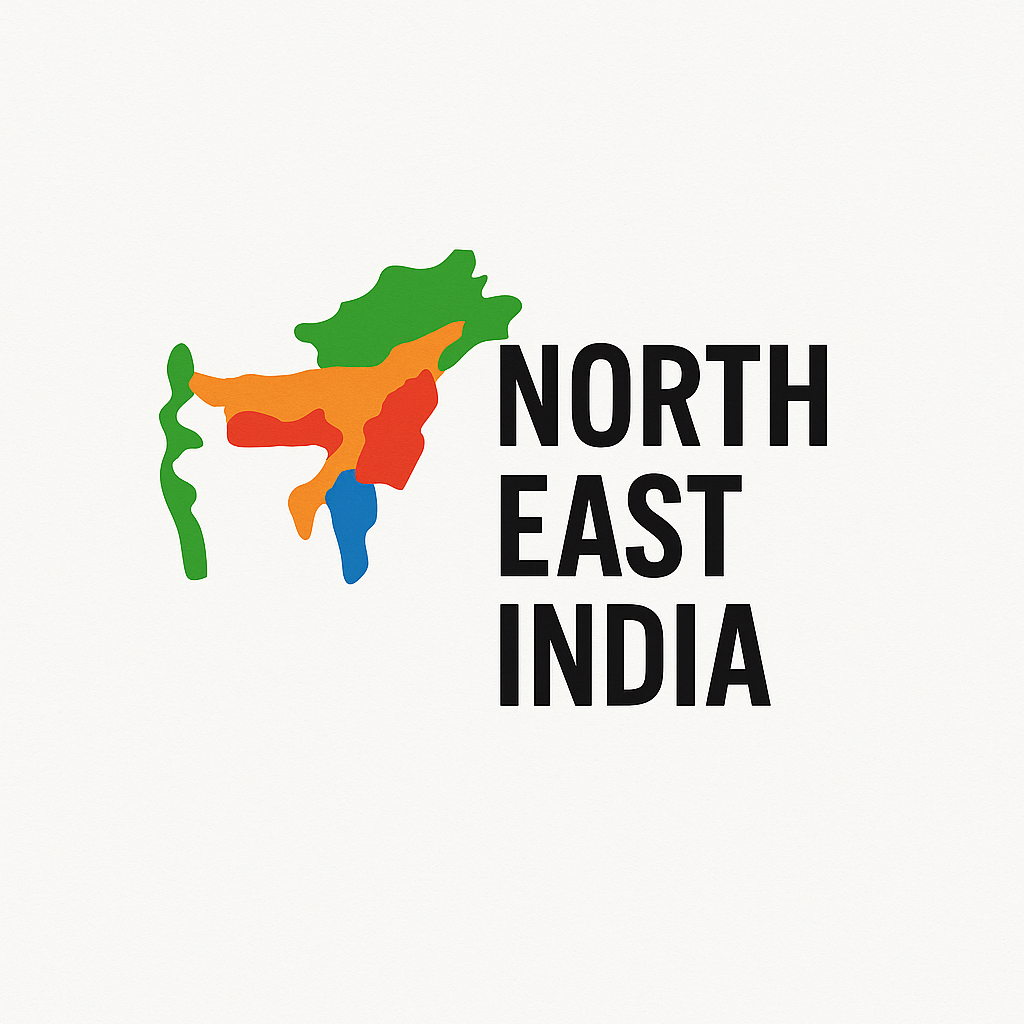
When people think of technology, innovation, and philanthropy, one name that always tops the list is Bill Gates. The co-founder of Microsoft, Gates is not just a pioneer of the personal computing revolution, but also one of the most generous philanthropists the world has ever seen. His life story is a compelling tale of intelligence, ambition, success, and a deep commitment to improving the world.
In this blog, we’ll take you through the fascinating journey of Bill Gates—from his early childhood to his present-day global influence. Along the way, you’ll read some lesser-known stories that make his journey even more interesting.
Childhood: A Curious Mind from the Start
William Henry Gates III was born on October 28, 1955, in Seattle, Washington, into an upper-middle-class family. His father, William H. Gates Sr., was a prominent lawyer, and his mother, Mary Maxwell Gates, was on the board of directors for First Interstate BancSystem and the United Way.
From an early age, Bill showed signs of high intelligence and an insatiable curiosity. He would spend hours reading encyclopedias and solving complex puzzles. His parents enrolled him at Lakeside School, a private preparatory school known for its rigorous academics. This decision would prove life-changing.
Elon Musk Biography 2025: From Childhood Genius to Tech Billionaire & Space Visionary
First Encounter with Computers
In 1968, the Lakeside School acquired a computer terminal and a block of time on a General Electric (GE) computer. Gates was only 13, but he instantly fell in love with programming. He would often skip classes to tinker with the machine.
It was at Lakeside that Gates met Paul Allen, a fellow student with a shared passion for technology. Together, they formed the foundation of what would eventually become Microsoft.
The Teenage Hustler: Gates the Businessman in the Making
Gates and Allen quickly moved beyond curiosity to business. At just 15, the duo developed a program called Traf-O-Data, which analyzed traffic data and generated reports for traffic engineers. They sold it to the city of Seattle for $20,000. While the venture didn’t scale, it gave them a taste of entrepreneurship.
🧠 Gen Z Mindset and Relationships: Unveiling the Psychology of a Connected Generation (2025)
Interesting Story #1: Hacking the School’s Computer
At Lakeside, Gates and his friends were caught exploiting bugs in the school’s computer system to get free computer time. Rather than punish them harshly, the school offered them unlimited access to the system on the condition that they help find more bugs. Gates even used this opportunity to modify his class schedule—ensuring he was in classes with girls he liked!
This blend of mischievousness and brilliance was an early sign of Gates’ unorthodox path to success.
Harvard Dropout to Microsoft Founder
In 1973, Gates enrolled at Harvard University, intending to study law. But his real focus remained on computers. In 1975, Gates saw an article in Popular Electronics about the Altair 8800, the first commercially successful personal computer. He immediately contacted the makers, Micro Instrumentation and Telemetry Systems (MITS), claiming to have a version of the BASIC programming language ready for the Altair.
This wasn’t true—they hadn’t written it yet. But Gates and Allen quickly developed the software in just a few weeks. The successful demo led to a deal with MITS, and Microsoft was born. Gates soon dropped out of Harvard to work full-time on the venture.

Building Microsoft: From Startup to Software Giant
Founded in 1975, Microsoft started small but grew quickly. In 1980, Gates struck a monumental deal with IBM to provide an operating system for its first personal computer. Gates didn’t own an OS at the time, so he bought one called QDOS (Quick and Dirty Operating System) from another developer, modified it, and rebranded it as MS-DOS.
Microsoft’s big break came in 1985 with the release of Windows 1.0, a graphical interface that would eventually dominate the PC market. Over the years, Windows evolved into one of the most widely used software platforms in the world.
Interesting Story #2: The IBM Deal and a Brilliant Strategy
IBM had no idea how valuable the operating system would become. Instead of selling it outright, Gates licensed MS-DOS, allowing Microsoft to keep the rights. As PC sales exploded, Microsoft made money from every IBM-compatible computer sold. This deal was one of the smartest in tech history and helped Microsoft become a software juggernaut.
By the late 1990s, Microsoft controlled over 90% of the desktop OS market, and Bill Gates was crowned the richest man in the world in 1995 at age 39.
Leadership Style and Work Ethic
Gates was known for his intense focus, sharp memory, and unrelenting work ethic. He expected the same from his team. Former employees describe how he would memorize software code and challenge programmers in reviews, pointing out flaws line by line.
While some criticized his management style as aggressive, many credit it for Microsoft’s high standards and rapid innovation.
🇮🇳 “Indian Billionaires 2025: Top 10 Richest People & Business Empires in India”
Transition from CEO to Philanthropist
In 2000, Gates stepped down as CEO and appointed Steve Ballmer as his successor. He stayed on as chairman and chief software architect but began focusing more on global issues.
That same year, he and his then-wife Melinda Gates founded the Bill & Melinda Gates Foundation, now the largest private charitable foundation in the world. Their mission: to improve global health, reduce poverty, and expand access to education and technology.
Philanthropy and Global Impact
Through the foundation, Gates has committed over $50 billion to causes like:
- Eradicating polio
- Combating malaria and HIV
- Improving education systems
- Funding COVID-19 vaccine development
He also launched the Giving Pledge with Warren Buffett, encouraging billionaires to give away the majority of their wealth to philanthropic causes.
Interesting Story #3: Buying Leonardo da Vinci’s Notebook
In 1994, Gates bought Leonardo da Vinci’s Codex Leicester for $30.8 million—the most expensive book ever sold at the time. But instead of keeping it locked away, he had the notebook scanned and made digitally available to the public. This action reflected his belief in making knowledge accessible to everyone.

Personal Life and Legacy
Bill Gates’ personal life has seen its share of headlines, especially his divorce from Melinda French Gates in 2021. Despite the split, both continue to co-chair the foundation and work on humanitarian efforts.
Gates has three children and remains deeply involved in reading, climate innovation, and education reform. He has authored several books, including:
- The Road Ahead (1995)
- Business @ the Speed of Thought (1999)
- How to Avoid a Climate Disaster (2021)
Strategic Investments and Business Ventures
Beyond Microsoft, Bill Gates has built a diverse and intelligent investment portfolio. His private investment firm, Cascade Investment LLC, manages most of his wealth.
Through Cascade, Bill Gates has stakes in various industries—from hospitality, like Four Seasons Hotels, to transportation, such as Canadian National Railway. He’s also invested in companies like Republic Services (waste management), Deere & Co. (agriculture machinery), and Coca-Cola FEMSA.
Bill Gates has shown a strong interest in climate innovation and sustainability. In 2015, he launched Breakthrough Energy Ventures, a fund that supports startups working on clean energy solutions and carbon reduction.
Additionally, Bill Gates is one of the largest private farmland owners in the United States, with over 200,000 acres. These investments reflect not just financial foresight but also a long-term commitment to global challenges like food security and environmental sustainability.
What Makes Bill Gates Unique?
- Visionary Thinking: Bill Gates saw the future of computing before most people even knew what a computer was.
- Business Acumen: His licensing model with IBM was a stroke of genius.
- Resilience: From lawsuits to competition, Bill Gates navigated it all with sharp strategic moves.
- Philanthropic Vision: Few billionaires have used their wealth to improve the world at such scale.
Conclusion: More Than Just a Tech Titan
Bill Gates’ journey is the ultimate blueprint of how passion, intelligence, and perseverance can change the world. From a curious teenager hacking school computers to a software mogul and now a humanitarian, Gates has constantly reinvented himself.
He remains an inspiration not only for entrepreneurs and tech enthusiasts but for anyone who wants to make a meaningful impact.
As Gates himself once said:
“Don’t compare yourself with anyone in this world… if you do so, you are insulting yourself.”
FAQs About Bill Gates
Q1: What is Bill Gates net worth?
As of mid-2025, his net worth is estimated to be around $115 billion, though it fluctuates with his investments and philanthropic giving.
Q2: Does Bill Gates still work at Microsoft?
No, he stepped down from the board in 2020 to focus full-time on philanthropy.
Q3: What are Bill Gates current projects?
He is heavily involved in climate innovation, clean energy, and global health initiatives.
🌄 Plan Your Trip to Northeast India with Us!
Want to explore the untouched beauty of the Northeast?
From the misty mountains of Mizoram to the living root bridges of Meghalaya, and the cultural heart of Assam — we’ve got you covered!
✅ Personalized Travel Itinerary
✅ Local Guides & 24/7 Support
✅ Best Hotel & Homestay Options
✅ Group Tours & Solo Packages
✅ Affordable, Safe & Hassle-Free
📩 Contact us today and let’s start planning your dream trip!
📞 Call/WhatsApp: 8453980642
🧳 Book your Northeast adventure now – Discover places you’ve only dreamed of!
